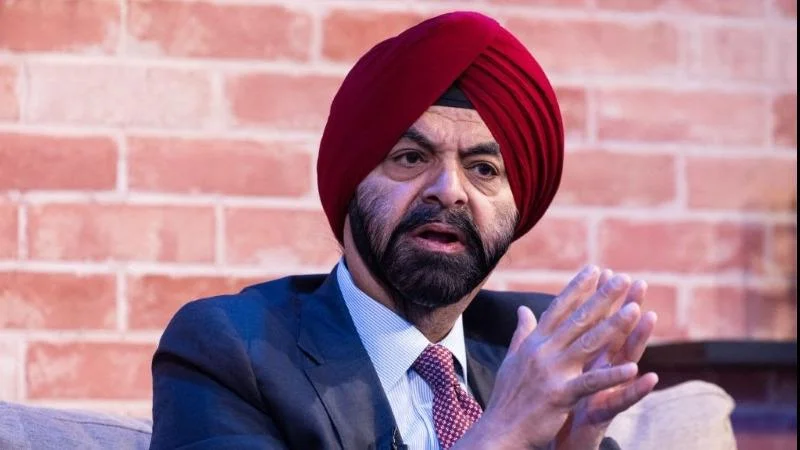In May 2023, Rwanda experienced severe floods and landslides that resulted in the deaths of over 130 people, displacement of thousands, and destruction of infrastructure. This event highlighted the increasing frequency of climate-related disasters and the need for better preparedness.
On October 6–7, 2025, more than 100 government officials, development partners, and financial experts gathered in Kigali to discuss Rwanda’s Disaster Risk Finance (DRF) Diagnostic Report and validate a new DRF Strategy. The workshop was organized by the Government of Rwanda, the World Food Programme, and the World Bank. The main objective is to ensure that funds are available before disasters occur so that response can be swift and effective.
Godfrey Kabera, Minister of State for National Treasury, described the strategy as essential for protecting Rwanda's progress: “By integrating innovative financing tools, we are not only mitigating the risks of disasters but also ensuring that our communities recover faster and more sustainably," Kabera said.
Rwanda has been relying on emergency funding after disasters—a method considered slow and expensive. The new DRF strategy seeks to establish financial systems capable of responding quickly to crises. A risk-layered approach is being adopted; this involves using different financial instruments such as national budget reallocations, emergency reserve funds, contingent finance options like sovereign insurance or catastrophe bonds depending on the type and scale of disaster. According to analysis from the DRF diagnostic report, this approach could save about $50 million per year compared to current methods.
Aristarque Ngoga, Permanent Secretary in the Ministry in charge of Emergency Management, stated: "Resilience is built not only through infrastructure, but through financial systems that can absorb shocks. By putting in place mechanisms such as contingency funds, risk-pooling, and insurance, we ensure that our communities, local governments, and national institutions can respond effectively and recover swiftly when disasters strike. Financial preparedness is as crucial as physical preparedness in safeguarding lives and development gains."
Some measures already underway include a $140 million Catastrophe Deferred Drawdown Option (Cat DDO), which gives Rwanda rapid access to funds after a disaster; an emergency lending program aimed at supporting micro-, small-, and medium-sized enterprises; adaptation of social protection programs for quicker support to affected families; and partnerships with insurers to expand coverage for farmers and public assets.
The validation of this strategy marks only an initial step. Integrating disaster risk finance into routine government planning will require ongoing collaboration between ministries and with private sector partners. Continued training will help local teams use these financial tools effectively.
The Government of Rwanda together with the World Bank have reaffirmed their commitment to implementing this strategy with a shared goal: protecting Rwandan citizens’ livelihoods from future shocks.
Kabera concluded that learning from past tragedies is key: having both emergency response capacity and pre-arranged financing will help prevent future disasters from erasing years of development progress.

